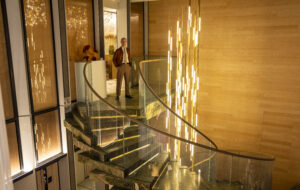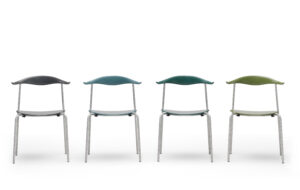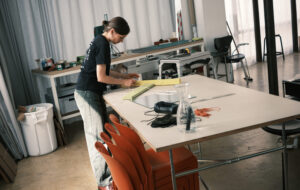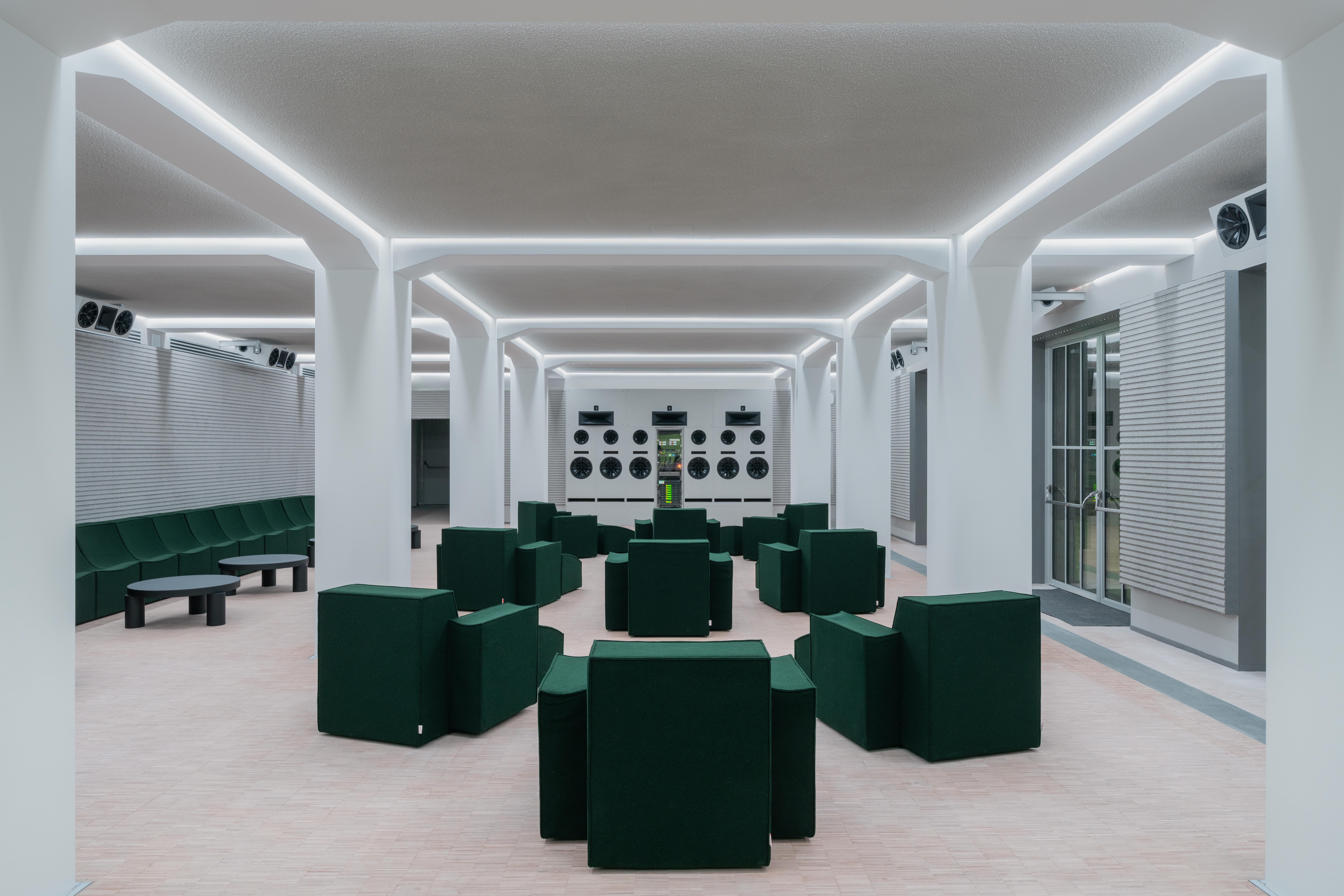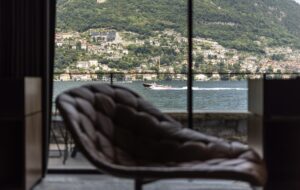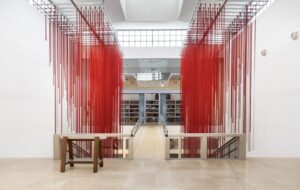
words David Taylor
Has anyone seen the Design Council? The body set up to promote design in the UK has lost its way, say practitioners.
There’s a rather gloomy building on Bow Street in Covent Garden, London. Amid the colourful riot of theatres, pubs and boutiques, its stained concrete façade skulks behind a veil of mesh, presumably an attempt to soften the grim building, but it makes it appear even more forbidding and unapproachable.
This is the home of the Design Council; once the friendly face of UK design, but now a mysterious body that does, er, what exactly?
“I don’t know what they’re about,” says Jimmy MacDonald, managing director of graduate design show Undu. “I’m in the environment and I read my journals and know what’s going on, but it’s very strange – I don’t know what they’re up to.” MacDonald asked the Design Council to help him showcase the graduates’ work abroad but says that it rebuffed him: “I didn’t get an awful lot of assistance from them or even advice on where else to go.”
MacDonald is not the only person baffled by the Design Council’s role. “I really don’t know what they do,” says Max Fraser, author of the Design UK guides to contemporary retailers and practitioners. Fraser remembers when the Design Council had high-profile offices on Haymarket, just off Leicester Square, which opened in 1956. Its bookshop was second to none, its cafŽ was a popular meeting place for designers, and the exhibitions held in its gallery were essential viewing. In those days, the Design Council’s purpose was clear. “It helped represent young and up-and-coming designers, doing what the Crafts Council does now,” says Fraser.
Sarah Gaventa of design promotions agency Scarlet Projects also remembers the Haymarket days, and says that the council has seriously lost its way since then: “I’d say it has absolutely no relevance to the design community. It seems to be trying to persuade business to appreciate the value of good design, which is like banging your head against a brick wall. Its presence on Haymarket was how I got into design – now there’s no public face whatsoever, and no communication with the design world.”
“The Design Council has a fractious agenda,” adds Simon Bolton, director of the product design course at Central St Martins. “It reinforces the élitist concept of design. There are some good people there but the organisation doesn’t quite get it.”
David Redhead, former editor of the council’s now-defunct journal Design, says the body made a strategic decision some years ago to switch its strategy from promoting designers to trying to persuade government industry of the benefits of design. In effect, it became a lobby group. “But one audience they ignored was the designers themselves – they didn’t carry the people with them and I think that’s still the case. A lot of designers don’t even know it exists – and they should.”
Today, the Design Council’s remit is “to make sure people in business, education and government know how effective design can transform what they do”. Its mission statement – “to inspire the best use of design by the United Kingdom, in the world context, in order to improve prosperity and well-being” – gives away its new remit as part of New Labour’s project to promote UK plc.
The quango, which is funded by a £6.2 million grant from the Department of Trade & Industry, was established in 1944 as the Council Of Industrial Design, with a brief to use design to help kickstart the post-war economy. By the early 1990s, it had 200 staff but was viewed as out of touch. In September 1993, the government announced a major review to refocus its work. A widespread view was that if it didn’t change it would be closed down. A report entitled The Future Design Council was submitted to Lord Strathclyde, Minister For Consumer Affairs And Small Firms, at the end of January 1994, setting out the new, slimline Design Council. These recommendations were accepted in full in March 1994.
Today it is based on the upper floors of a former telephone exchange in Bow Street, in offices designed by Ben Kelly. The offices are like the body that inhabits them: efficient and contemporary, but with no street presence and nothing to welcome visitors.
The council employs about 50 people who work in six specialised teams, led by the directors and chief executive. There’s also a non-executive council of 17 people, led by chairman Christopher Frayling. It pursues its agenda through events, publications, research, educational resources for students at all levels and case studies highlighting examples of design and innovation in action.
What it does not do is get out and bang the drum for designers. At the prestigious Milan furniture fair in April, the organisation was conspicuous by its absence. In comparison, representatives from similar organisations in France and the Netherlands toured the city, actively promoting home-grown designers to anyone who would listen.
However, the Design Council’s work is not entirely invisible. In March, its Furniture For The Future initiative to improve design in schools won plaudits (and warranted a feature in icon’s April issue). This initiative paired school furniture manufacturers with talented designers, which resulted in some ground-breaking new ideas that could transform the classroom environment.
The Design Council also took centre stage during the honeymoon period of the current Labour government, which briefly saw ministers trumpeting design as a driver of national prosperity. It was a key player in the Creative Britain hoopla and organised the famous reception at 10 Downing Street that saw design’s leading lights sipping champagne with cabinet ministers and bureaucrats.
Shortly after this came Millennium Products, the Millennium Dome-related initiative to showcase good (ie commercially successful) design. Tony Blair took a personal interest in the initiative, launching the showcase of 1,000 products and proclaiming the UK the “design workshop of the world”.
However, many in the design community were unimpressed by Millennium Products, which included pharmaceutical products, Marks & Spencer and the controversial Bluewater shopping centre. Rather than promoting British design talent, the initiative seemed to be a wheeze to help manufacturers flog more products.
Furniture designer William Warren says that the council tends to focus on large-scale organisations and projects – working with big companies and public bodies such as education authorities and the prison service – rather than the more craft-oriented designers in small-scale productivity. Warren was involved in the Furniture For The Future scheme, which he applauds for the way it put manufacturers in touch with talented designers.
Former Design editor Redhead speculates that the ridicule the government suffered over the Dome was bad news for the Design Council. “After that, the government no longer wanted to talk about design,” he says.
But Redhead thinks that things might be about to change: a new chief executive has just taken up the reins at the council.
In April, David Kester, former chief executive at British Design & Art Direction (D&AD), replaced Andrew Summers, who had been in charge for the last eight years. David Redhead talks highly of Kester’s track record of turning D&AD around from being seen as an elitist, out-of-touch organisation into a big success.
Kester, who is now giving the organisation what he describes as a “health check”, appears to agree with many of the criticisms. “People are right to question our role and our relationship with designers,” he says. “I am asking the same questions. I think all of us at the Design Council would agree that in focusing hard on our target audience, we’ve sometimes overlooked our greatest asset – designers. It is clear that they must be more actively involved in the work of the Design Council. I’m looking at ways of strengthening and rebuilding bridges to the design community.”
Kester said that it was too early to say how he intends to shake up the organisation: the results of his review will be made public in September.
He might like to start by ripping down the mesh that makes the Design Council’s offices look like the headquarters of a secretive, unaccountable bureaucracy. Which is exactly what many people believe it to be.


